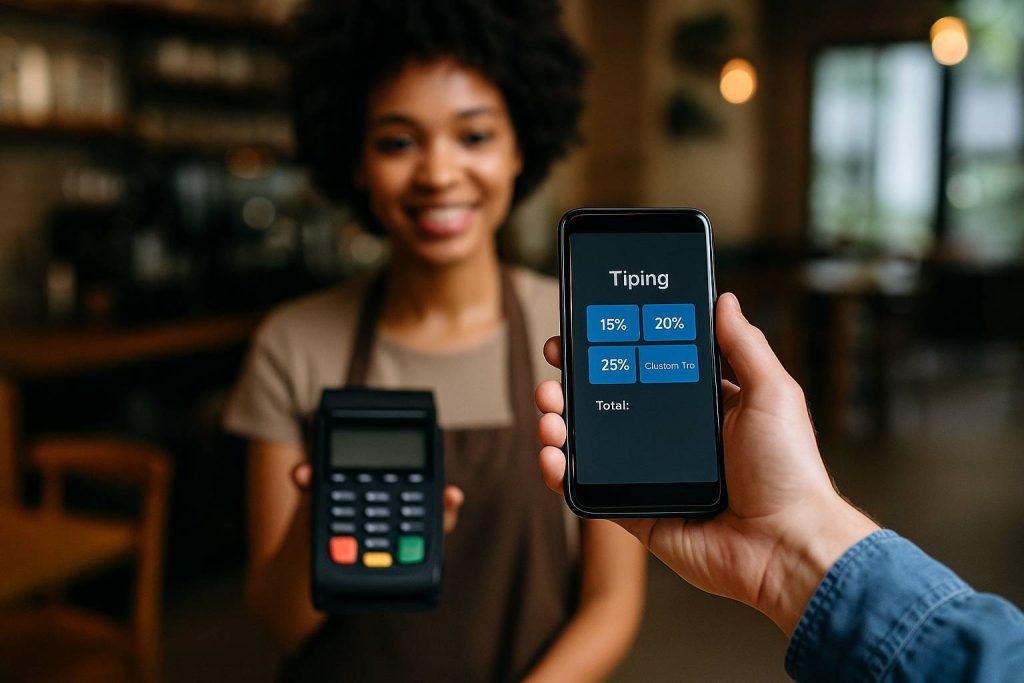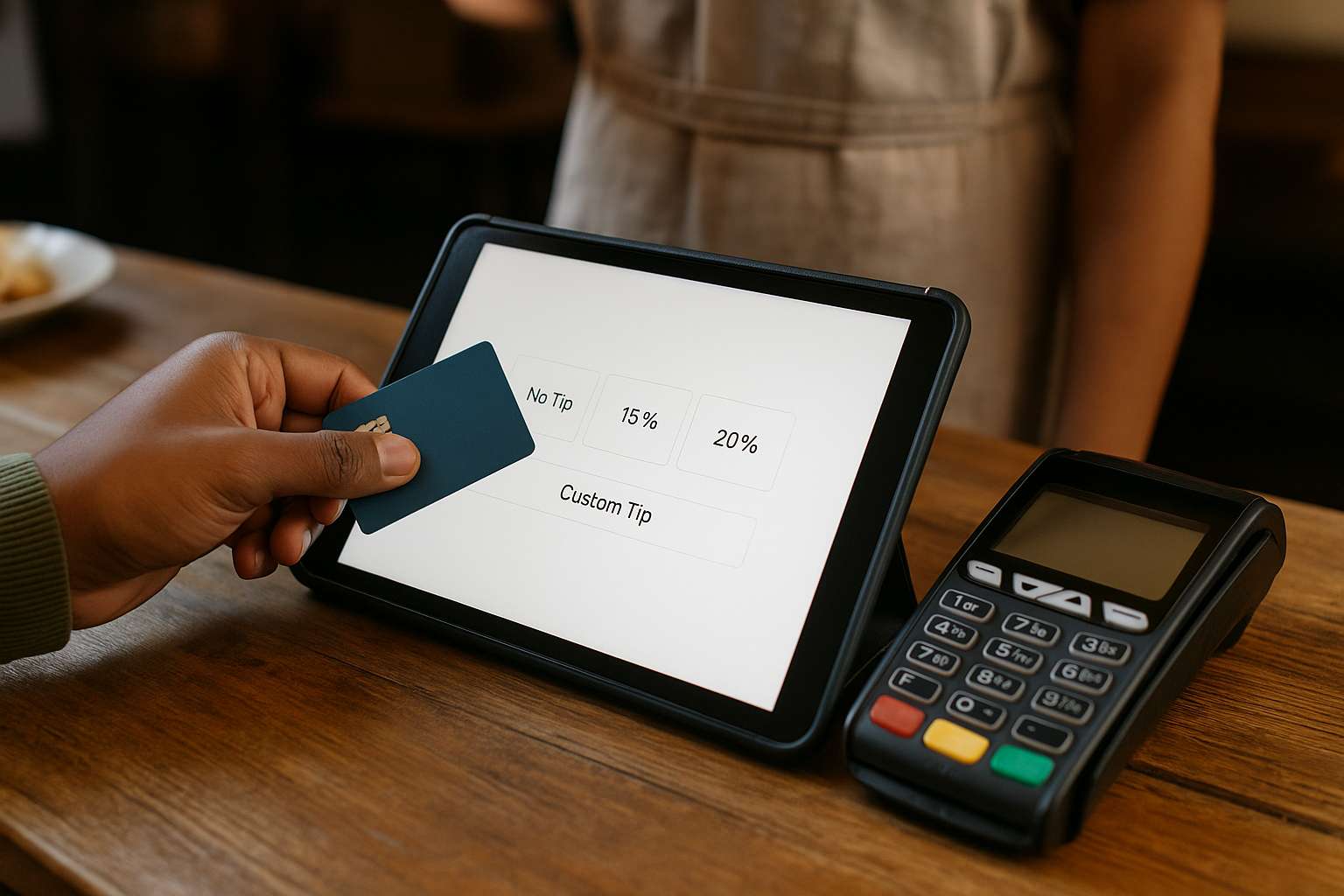The tipping culture in the US has long been a defining characteristic of the service industry, but it is now significantly reshaping how consumers manage their budgets and approach digital payments. As gratuities become more expected across various sectors, patrons are finding themselves recalculating expenses and reconsidering their financial habits.
In addition to impacting wallets, the increased reliance on electronic transactions is transforming how tips are given and received. As digital payments grow in popularity, tipping has become more visible and, at times, more controversial. This shift demands new strategies for both service providers and their customers as they adapt to the nuanced etiquette of modern gratuities within a digital-first environment.
The evolution of tipping culture

The evolution of tipping culture has created new norms and expectations for consumers and service workers alike. Traditionally, tips were associated with restaurant dining, but they are now common in delivery services, coffee shops, and even online transactions.
Digital payments have further transformed this culture, with many businesses offering preset tip options at checkout. This practice can lead to “tip fatigue,” where consumers feel pressured to tip more generously than they might have intended. As such, the dynamics between gratitude and obligation are continually shifting, compelling service providers to navigate these changes tactfully.
The impact of digital payments on gratuities
Digital payments have introduced new complexities into the realm of tipping. Modern point-of-sale systems often suggest predefined tip percentages, which can subtly influence customer behavior. Although convenient, this system occasionally leads consumers to tip out of obligation rather than genuine appreciation, altering the social contract of gratuities.
Moreover, digital transactions provide anonymity and immediacy, attributes that can affect the perceived value of a tip. Service providers no longer see physical bills being handed over, which can feel impersonal and impact their perception of customer satisfaction. This highlights the delicate balance between maintaining industry standards and accommodating evolving consumer behaviors.
Adapting to a digital tipping world
For consumers seeking to adapt, understanding the nuances of digital gratuities is essential. With automated prompts becoming increasingly common, patrons should make informed decisions on when and how much to tip. Awareness of the broader effects of their tipping habits on local economies and individual livelihoods can foster a more thoughtful approach.
On the business side, transparency is key. Communicating how tips are distributed among staff can cultivate trust and encourage fair tipping practices. Clear policies about gratuities and digital payment options can mitigate confusion, enhancing the overall service experience for all involved parties.
Practical tips for managing tipping expenses
Managing tipping expenses in a digital era requires strategic budgeting and mindful spending. A practical approach involves setting aside a dedicated gratuity fund within one’s budget, allowing for spontaneous acts of generosity without financial strain. Additionally, consumers can research industry standards to ensure their tipping practices align with current norms.
Service workers can also adopt strategies to enhance the digital tipping experience. Engaging patrons positively, even in non-traditional tipping environments, can increase the likelihood of receiving tips. Overall, understanding the psychology behind gratuities and employing tactful communication can significantly impact the financial well-being of service providers.
Navigating the future of tipping
As the tipping culture continues to evolve, both consumers and businesses must remain adaptable and informed about emerging trends. In an increasingly cashless society, transparency and communication will be vital in maintaining the integrity of voluntary gratuities and fostering positive consumer experiences.
For the future, embracing technology in gratuity scenarios could provide solutions that benefit all parties involved. Apps and platforms focused on bridging the gap between service appreciation and customer convenience are on the rise.





